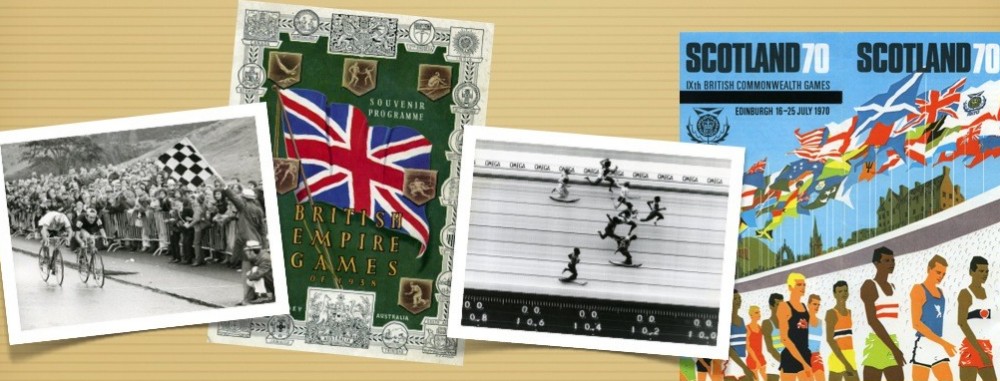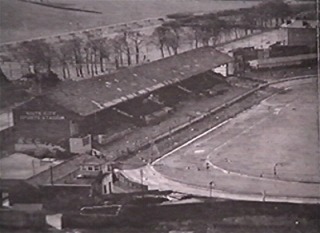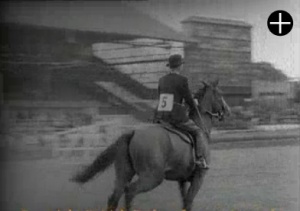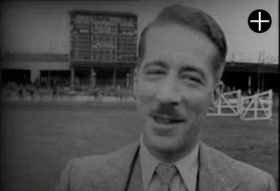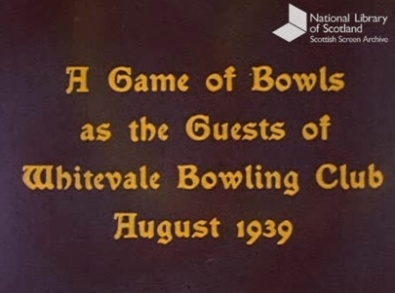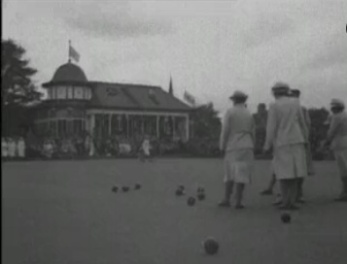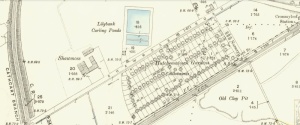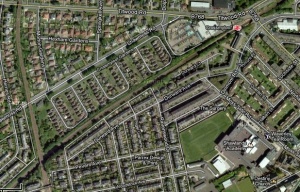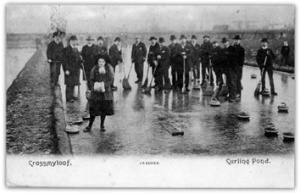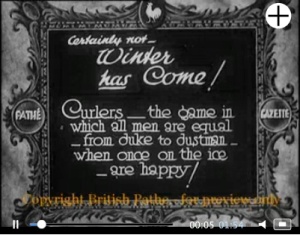Glasgow has three major football stadiums at Ibrox, Parkhead and Hampden, but the ground that carries the greatest mystique, and creates more nostalgia among football fans in the city, is New Cathkin Park, the site of the Second Hampden Park and between 1904 and 1967, home to the former Scottish League club Third Lanark, one of the founder clubs of the Scottish Football Association.
As this video made by Abandoned Scotland illustrates, Cathkin Park is now part of Glasgow’s sporting archaeology, a hidden gem of Scotland’s sporting past. It’s historic significance resides not only in being the site of the second Hampden Park between 1884 and 1903, but also its connection to Third Lanark FC, whose 95 year existence ended with liquidation in 1967. The club, named after the Third Lanarkshire Rifle Volunteers who were based in the Strathbungo area of Glasgow’s south side, has been rekindled by a small group of enthusiasts who reformed an amateur club in 2007, with the aim to restore Cathkin Park as a venue for professional football.
The video shows the remnants of some of the terracing which survives on one side of the ground. The pitch itself remains a public park maintained by Glasgow City Council for playing football, and for those who play there, the eery sense of professional football previously being played in front of thousands of spectators must make the hair stand up on the back of the neck.
Evidence of Third Lanark in action is now available on YouTube with highlights of a Scottish League match from November 1962 against Hearts.
The footage provides evidence of the now demolished stadium, with large areas of the terracing left empty, particularly on the uncovered terracing behind the goals. Nevertheless, a few thousand spectators are in attendance, which we can ascertain from the occasional roar from the main stand where the cameras are located. The winter had clearly closed in, with evidence of snow around the ground, but the surface seems playable, even if the standard of football being played on it leaves something to be desired – with plenty of long, high balls and little evidence of flowing passing movements.
Other things worthy of note are adverts around the ground: Players Cigarettes, Aitkins Beer, Coca Cola and Condor Sliced tobacco among the most prominent. Tobacco advertisements around sport had a long tradition, with football cigarette cards gaining a widespread popularity from the turn of the 20th Century. In the 1960’s as televised football became more commonplace, the visibility of perimeter advertisements became increasingly problematic for the BBC which did not like any association with commerce. In 1965, the government introduced a ban on cigarette advertisements on television as part of a wider health campaign to prevent young people from taking up smoking. Ironically, one effect of the ban was increased advertising and sponsorship of sport by the large tobacco companies. This was particularly evident in motor sports, as well as cricket. Sadly, the money that flowed from both television rights and tobacco sponsorship in the late 1960s came too late to save the financial peril of Third Lanark.
Cathkin Park is an architectural remnant of a previous age of football stadia in Scotland. It is one of the oldest surviving football terraces in the world, and arguably needs conserving for future generations as a special site of sporting heritage.
